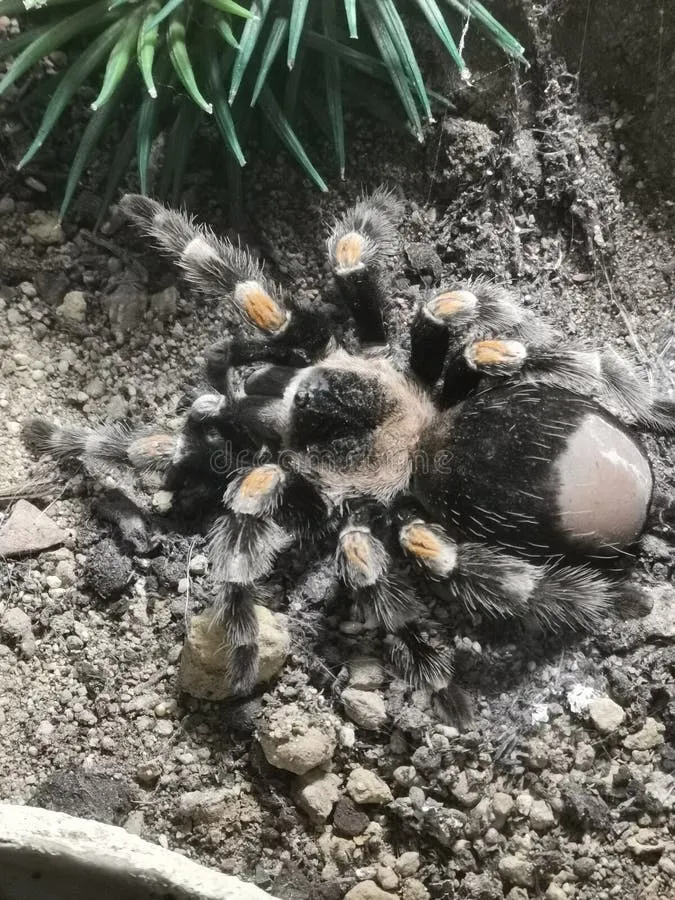The World of Dangerous Tarantulas
Tarantulas, with their imposing size and hairy appearance, often evoke a mix of fascination and fear. While most tarantula species aren’t inherently deadly to humans, some possess characteristics that make them potentially dangerous, especially as pets. Understanding the risks associated with these arachnids is crucial for responsible ownership and safety. This guide explores five key facts about dangerous tarantulas, helping you navigate the world of these fascinating creatures with informed caution and respect. Whether you’re a seasoned arachnid enthusiast or simply curious, this information will shed light on the realities of owning and interacting with potentially dangerous tarantula species.
Fact 1: The Venomous Bite
All tarantulas possess venom, a crucial element in their hunting strategy. This venom, injected through their fangs, is designed to subdue prey. However, the potency and effect of tarantula venom vary significantly among species. While a bite from most tarantulas is unlikely to be life-threatening to a healthy adult, it can still be a painful and unpleasant experience. Factors such as the amount of venom injected, the individual’s sensitivity, and the species of tarantula all play a role in the severity of the reaction. It’s essential to know the specific characteristics of a species to gauge the potential danger.
Understanding Tarantula Venom
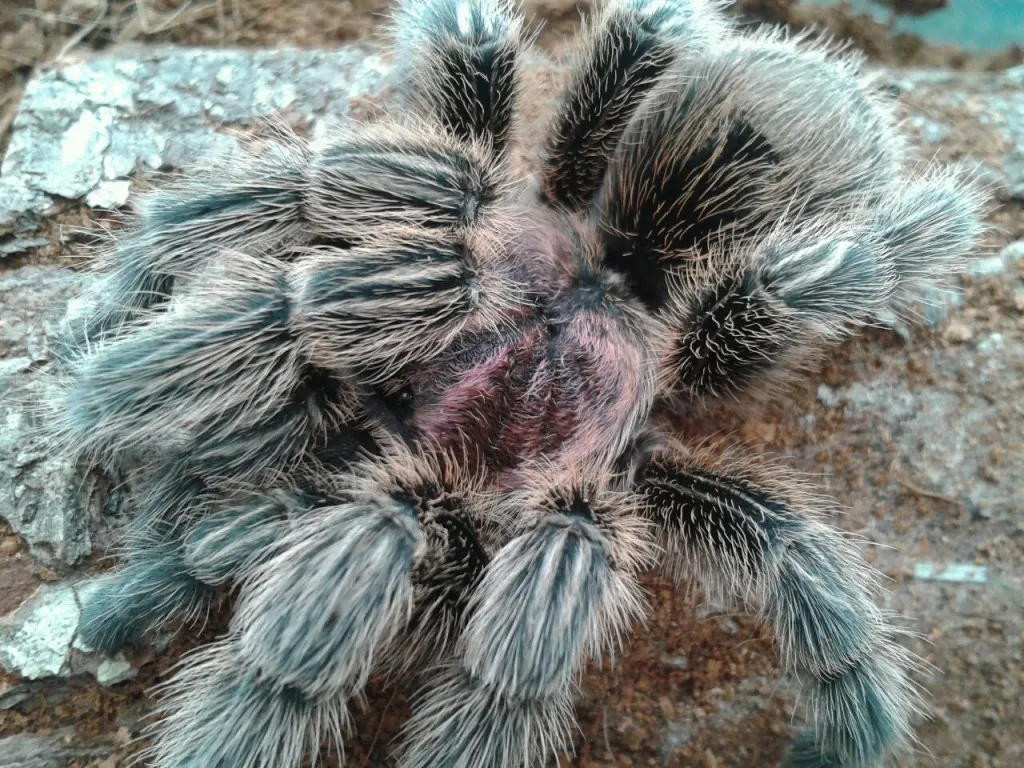
Tarantula venom typically contains a mix of enzymes, proteins, and peptides that act on the nervous system of their prey. These components cause paralysis, making it easier for the tarantula to consume its meal. In humans, the venom can cause localized pain, swelling, redness, and itching at the bite site. Though rare, some individuals may experience more severe reactions, especially if they are allergic or have underlying health conditions. The venom’s primary function isn’t to kill a large animal like a human but to incapacitate smaller creatures.
Symptoms of a Tarantula Bite
The symptoms of a tarantula bite can vary depending on the species and the individual. Common symptoms include immediate pain, which can range from a mild sting to a sharp, intense sensation. Swelling and redness around the bite site are also typical, as is itching. In some cases, individuals may experience muscle cramps, nausea, and a general feeling of unwellness. More severe reactions are rare but can include difficulty breathing or allergic reactions, requiring immediate medical attention. It is always best to seek medical advice following a tarantula bite, regardless of the severity of symptoms.
Fact 2: The Defensive Hairs
Many New World tarantula species have a unique defense mechanism: urticating hairs. These tiny, barbed hairs are located on the tarantula’s abdomen and are used to irritate and deter potential threats. When threatened, the tarantula flicks these hairs towards the perceived danger, causing irritation and discomfort. These hairs are a significant concern for owners, as they can cause skin and eye irritation.
What are Urticating Hairs?
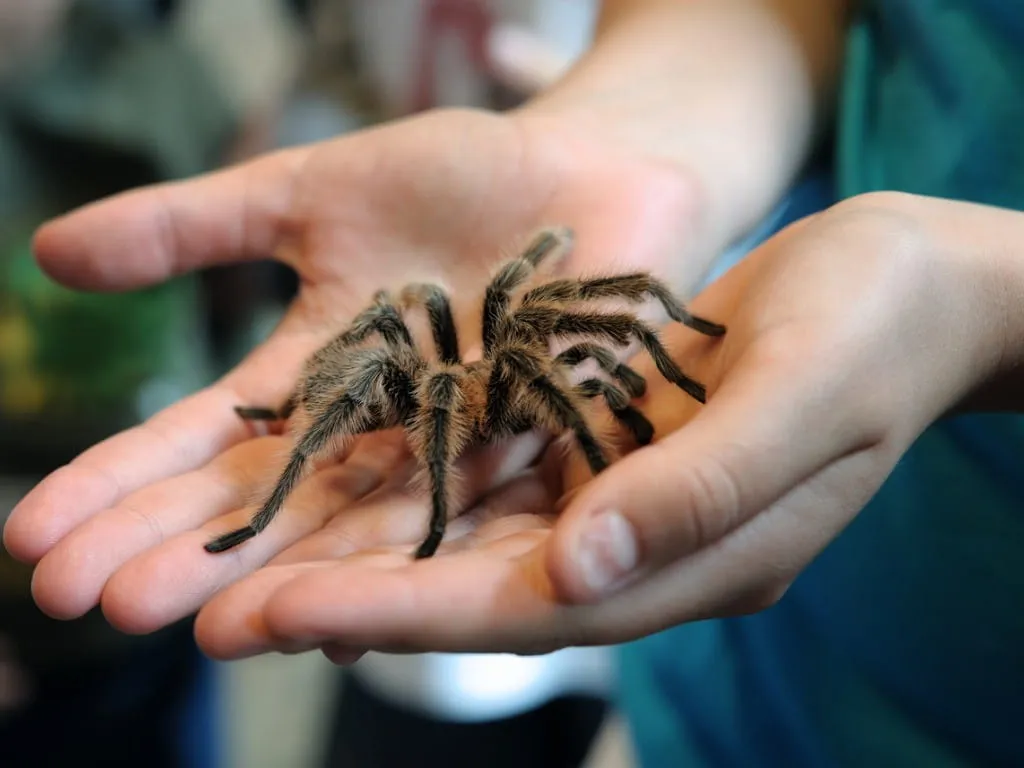
Urticating hairs are specialized hairs that are found on the abdomen of many tarantula species native to the Americas. These hairs are designed to be easily dislodged and are covered in microscopic barbs. When a tarantula feels threatened, it will rub its abdomen with its hind legs, releasing a cloud of these irritating hairs. The hairs can then become embedded in the skin or mucous membranes of a potential predator, causing intense itching and irritation.
The Effects of Urticating Hairs
The effects of urticating hairs can range from mild to severe, depending on the amount of exposure and the individual’s sensitivity. Exposure to these hairs can cause intense itching, skin irritation, and redness. In severe cases, it can lead to hives, swelling, and respiratory problems, particularly if the hairs come into contact with the eyes or are inhaled. Handling tarantulas with urticating hairs requires extra caution, and it is advisable to avoid direct contact with the abdomen of these species.
Fact 3: Geographic Location
The geographic origin of a tarantula species often indicates its potential for danger. Some regions are home to tarantulas known for their potent venom or aggressive behavior. Knowing the origin of a tarantula can provide insights into the potential risks associated with keeping it as a pet. Species from certain parts of the world are more likely to exhibit dangerous traits due to environmental factors and evolutionary adaptations.
Most Dangerous Tarantula Habitats
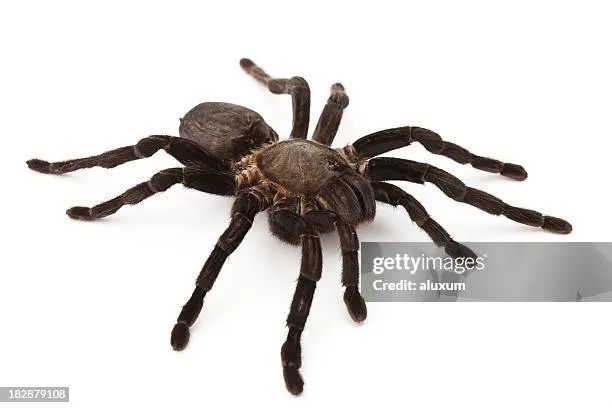
Regions like South America and certain parts of Asia and Africa are home to tarantula species that are often considered more dangerous. The environmental pressures in these areas have shaped tarantulas to evolve more potent venom or more defensive behaviors. These habitats often have a high diversity of prey and predators, leading to the development of more sophisticated defense mechanisms in tarantulas.
Species to Avoid
While all tarantulas should be treated with respect, some species are best avoided by novice keepers due to their potential danger. Some examples include certain species of the Psalmopoeus, Heteroscodra, and Stromatopelma genera. These tarantulas are known for their speed, aggression, and sometimes potent venom. Thorough research into the specific species is crucial before acquiring a tarantula, especially when considering the potential risks involved.
Fact 4: Size and Aggression
The size and temperament of a tarantula can greatly influence its potential danger. Larger tarantulas, due to their size, have more significant fangs and can deliver a more substantial bite. Aggressive species, whether due to their natural temperament or environmental factors, pose a greater risk to handlers. Both of these factors must be considered when evaluating the potential danger of a particular tarantula species.
Larger Tarantulas
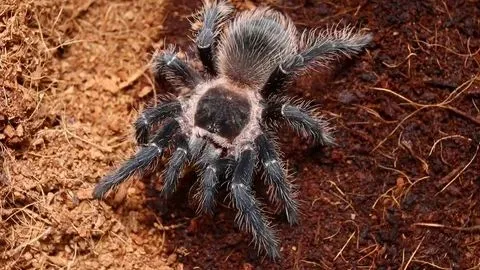
Larger tarantulas, such as the Goliath Birdeater (Theraphosa blondi), possess impressive fangs and a powerful bite. Although the venom of these species may not be particularly potent, the sheer size of their fangs can cause a more significant puncture wound, leading to increased pain and potential complications. When handling larger tarantulas, extra caution is needed to avoid accidental bites and to protect the keeper.
Aggressive Species
Some tarantula species are naturally more defensive and prone to aggression. These tarantulas may readily display defensive postures, such as raising their front legs or flicking urticating hairs, and they may bite more readily than other species. The temperament of a tarantula can also be influenced by its environment, stress levels, and handling. Species with a reputation for aggression require experienced keepers who understand their behaviors and can handle them safely.
Fact 5: Handling and Care
Responsible handling practices and proper care are essential to minimize the risks associated with owning dangerous tarantulas. Safe handling techniques, a secure enclosure, and a suitable environment can greatly reduce the chances of bites and other adverse incidents. Even docile tarantulas should be handled with caution, as any tarantula can bite if it feels threatened or startled.
Safe Handling Practices
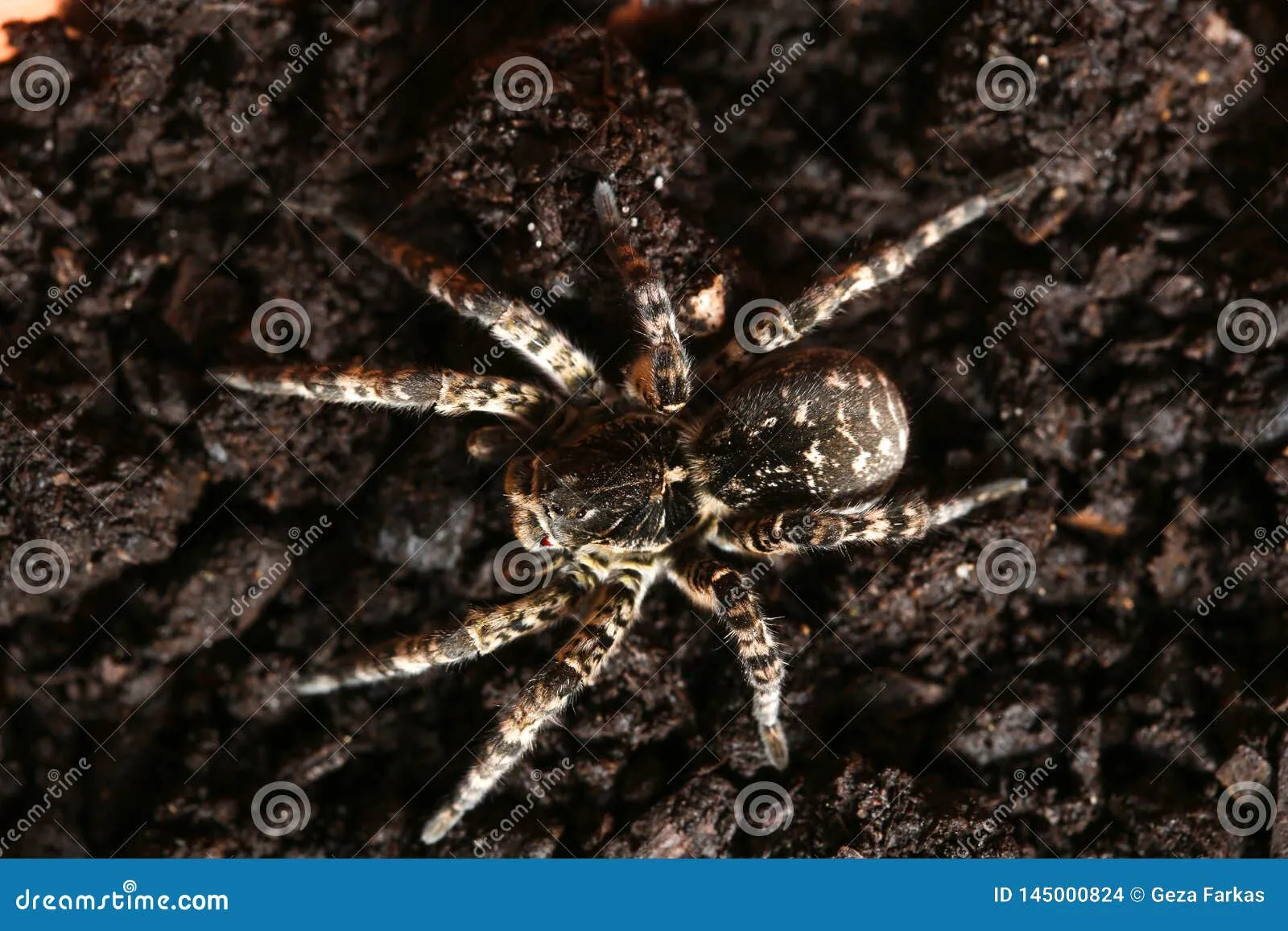
Always approach a tarantula slowly and calmly, avoiding sudden movements that might startle it. Use appropriate tools, such as long tongs or a container, to move the tarantula if direct handling is necessary. Never handle a tarantula if you are unsure of its temperament or if it is showing signs of stress, such as a defensive posture. Wash your hands thoroughly before and after handling and avoid handling tarantulas near your face or eyes. If you do get bitten, remain calm, clean the area and seek medical advice.
Proper Enclosure and Environment
A secure enclosure is crucial to prevent escapes and ensure the tarantula’s safety and your own. The enclosure should be appropriately sized for the species, with a secure lid and ventilation. Maintain the correct temperature and humidity levels to provide a comfortable and healthy environment for the tarantula. Avoid any potential hazards in the enclosure, such as sharp objects, that could injure the tarantula. A well-maintained environment reduces stress and improves the overall well-being of the tarantula, decreasing the likelihood of defensive behaviors.
Conclusion
Owning a tarantula can be a rewarding experience, but it’s vital to approach it with knowledge, respect, and caution. Understanding the potential dangers associated with certain species, including the risks of venom, urticating hairs, and aggressive behavior, is key to responsible ownership. By educating yourself about the characteristics of tarantulas, practicing safe handling techniques, and providing a proper environment, you can minimize risks and ensure both your safety and the well-being of your pet. Remember, thorough research and preparation are the cornerstones of a safe and enjoyable tarantula-keeping experience.
